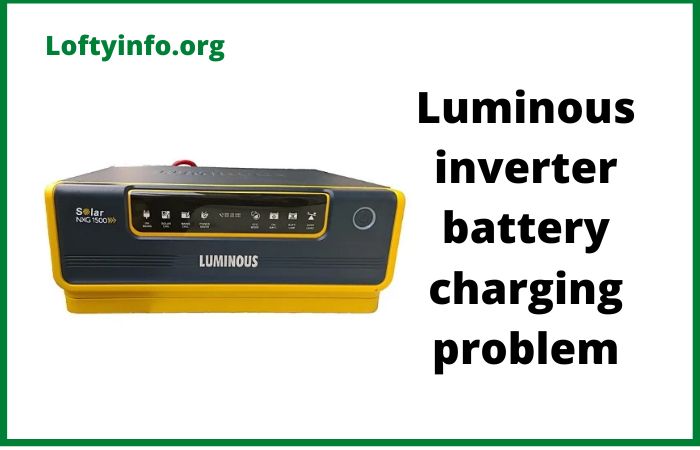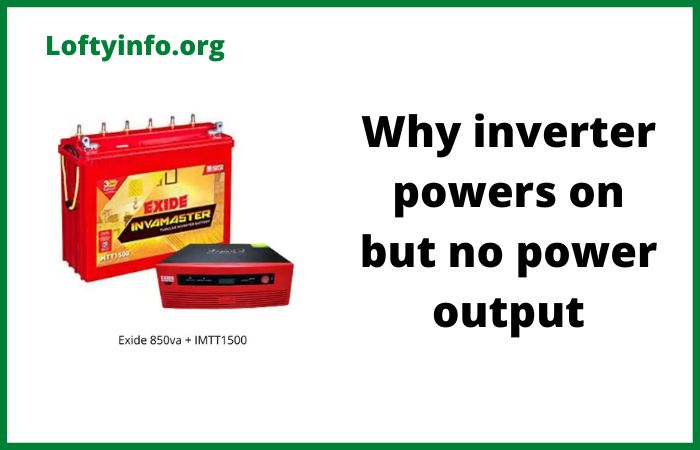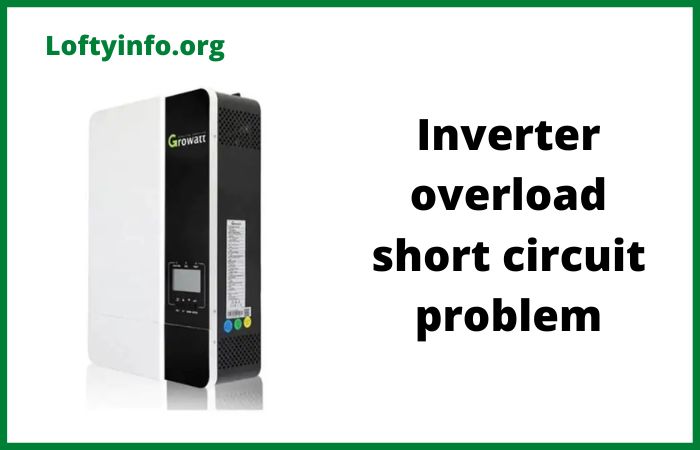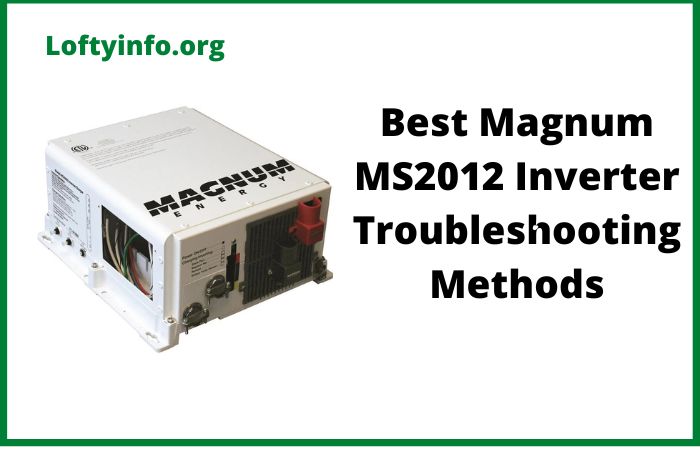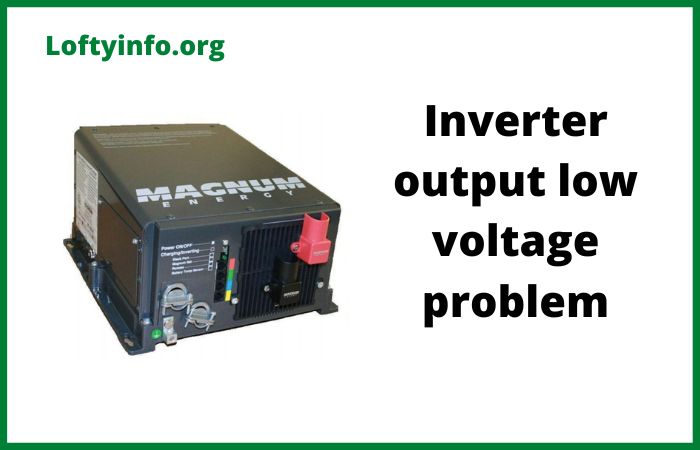Luminous Inverter Battery Charging Problem: Causes and Solutions
Power backup systems have become essential in our daily lives and Luminous inverters are among the most trusted brands for reliable electricity backup.
Even the best inverter systems can experience battery charging issues that compromise their performance.
When your inverter battery fails to charge properly, it not only defeats the purpose of having a backup system but can also lead to unexpected power disruptions during crucial moments.
Understanding the root causes of these charging problems and knowing how to address them can save you both time and money while ensuring your power backup system remains operational when you need it most.
This comprehensive guide explores the common causes behind Luminous inverter battery charging problems and provides practical solutions to restore your system’s functionality.
Luminous Inverter Battery Charging Problem: Causes and Solutions
1) Faulty or Loose Battery Connections
One of the most frequent yet easily overlooked causes of charging issues is poor battery connections.
Over time, the terminals connecting your inverter to the battery can become loose, corroded or oxidized.
This creates resistance in the electrical circuit, preventing proper current flow from the inverter to the battery.
When connections are loose, you might notice intermittent charging or a complete failure to charge.
Corrosion appears as a white, blue or greenish powdery substance around the battery terminals, which acts as an insulator and blocks the charging current.
How to troubleshoot: Start by turning off your inverter and disconnecting it from the mains supply for safety.
Carefully inspect both battery terminals for any signs of corrosion or loose connections.
If you spot corrosion, prepare a solution of baking soda and water (one tablespoon of baking soda per cup of water) and use an old toothbrush to gently scrub away the buildup.
After cleaning, rinse with plain water and dry thoroughly. Tighten all connections securely using appropriate tools, ensuring the terminals make firm contact.
Apply a thin layer of petroleum jelly or terminal grease to prevent future corrosion. Reconnect the inverter and check if charging resumes normally.
2) Damaged or Aging Battery
Batteries have a finite lifespan, typically ranging from three to five years depending on usage patterns and maintenance.
As batteries age, their internal chemistry deteriorates, reducing their ability to hold and accept charge.
Physical damage from leakage, swelling or internal plate degradation can also prevent proper charging.
An aging battery might show symptoms like reduced backup time, slow charging or complete charging failure.
You may also notice the battery getting unusually hot during charging attempts or emitting a foul smell indicating internal damage.
How to troubleshoot: Begin by checking the battery’s manufacturing date, usually printed on the battery casing.
If the battery is older than four years and experiencing charging issues, replacement is likely your best solution.
Visually inspect the battery for any physical deformities such as bulging sides, cracks or leakage around the terminals.
Use a multimeter to measure the battery voltage, a fully charged 12V battery should read around 12.6 to 13.0 volts while a discharged one should not fall below 10.5 volts.
If the voltage reading is significantly lower or the battery fails to hold charge even after extended charging periods, it has likely reached the end of its useful life and requires replacement.
When purchasing a new battery, ensure it matches your inverter’s specifications regarding capacity and voltage.
3) Malfunctioning Inverter Charger Circuit
The charging circuit within your Luminous inverter is responsible for converting AC power from your mains supply into the appropriate DC voltage for battery charging.
This circuit includes components like transformers, rectifiers, voltage regulators and control boards.
When any of these components fail, the inverter loses its ability to charge the battery effectively.
Common indicators of a faulty charging circuit include the inverter displaying error codes, the charging LED not illuminating, unusual humming or buzzing sounds from the inverter or the battery voltage remaining constant despite being connected to mains power.
How to troubleshoot: First, check if the inverter is receiving proper mains voltage by using a multimeter at the input socket.
The voltage should match your region’s standard (typically 220-240V AC).
If the input voltage is correct but the battery still isn’t charging, examine the inverter’s display panel for any error codes and consult your user manual for their meanings.
Listen carefully for any unusual sounds that might indicate transformer issues.
Check all internal fuses if you’re comfortable accessing the inverter’s interior (ensure it’s disconnected from power first).
If the charger circuit has failed, this typically requires professional repair as it involves replacing specific electronic components.
Contact Luminous service center or an authorized technician for circuit diagnosis and repair.
Attempting to repair complex electronic circuits without proper expertise can be dangerous and may void your warranty.
4) Incorrect Inverter Settings or Configuration
Modern Luminous inverters come with adjustable charging parameters that need to match your specific battery type.
Using incorrect settings can prevent optimal charging or even damage your battery.
Different battery types, such as lead-acid, tubular or gel batteries require different charging voltages and currents.
If someone has inadvertently changed the inverter settings or if the inverter was not configured correctly during installation, you might experience a Luminous inverter battery charging problem despite all hardware being in good condition.
How to troubleshoot: Access your inverter’s settings menu using the control panel or remote (refer to your specific model’s user manual).
Verify that the battery type setting matches your actual battery.
Most Luminous inverters have options for different battery types that adjust charging algorithms accordingly.
Check the charging voltage settings, for a standard 12V lead-acid battery, the charging voltage should typically be between 13.8V to 14.4V.
Ensure the charging current setting is appropriate for your battery’s capacity; as a general rule, the charging current should be approximately 10% of the battery’s Ah rating.
If you’re unsure about the correct settings, reset the inverter to factory defaults and reconfigure using the guidelines in your manual or consult with a Luminous technician.
After adjusting settings, monitor the charging process for at least a few hours to ensure the battery is accepting charge properly.
5) Inadequate or Fluctuating Mains Supply
Your inverter requires stable mains power to charge the battery effectively. Voltage fluctuations, frequent power cuts or extremely low input voltage can all interfere with the charging process.
In areas with unreliable power supply, the inverter may never get sufficient continuous time to fully charge the battery.
Low input voltage (below 180V) may cause the inverter to enter protection mode and stop charging altogether.
Similarly, high voltage spikes can trigger safety mechanisms that interrupt charging.
How to troubleshoot: Monitor your mains voltage using a multimeter over different times of the day to identify patterns of fluctuation.
If you consistently observe voltages below 180V or above 260V, you’ll need to address this issue before expecting proper battery charging.
For low voltage problems, consider installing a voltage stabilizer or mainline stabilizer that can boost low voltage to acceptable levels.
For areas with frequent voltage spikes, a surge protector or voltage regulator can protect both your inverter and battery.
Ensure your inverter is connected to a dedicated electrical circuit with appropriate wire gauge to handle the charging current, undersized wiring can cause voltage drops that affect charging.
If power cuts are frequent and brief, your battery may not get enough continuous charging time. In such cases, you might need to manually ensure the inverter remains connected to mains power for extended periods (overnight, for example) to achieve a full charge.
6) Tripped or Blown Fuses and Circuit Breakers
Safety devices like fuses and circuit breakers protect your inverter and electrical system from overload and short circuits.
When these trip or blow, they interrupt the charging circuit. A blown fuse might result from a power surge, short circuit or component failure within the inverter.
This cause is sometimes overlooked because the inverter might still display lights or show signs of operation while the charging circuit remains isolated due to a tripped protection device.
How to troubleshoot: Locate the fuse holder in your inverter, this is typically accessible from the front panel or an external fuse box connected to the inverter.
Turn off and disconnect the inverter before checking fuses.
Remove each fuse and inspect it visually; a blown fuse will show a broken wire inside or blackened glass.
Test fuses with a multimeter set to continuity mode, a good fuse should show continuity (zero resistance).
Check the circuit breaker connected to your inverter in your home’s electrical panel. If it has tripped, reset it and observe if it trips again immediately (which would indicate a persistent fault requiring professional attention).
Replace any blown fuses with ones of identical rating, never use a higher-rated fuse as this defeats the safety purpose.
If fuses continue to blow repeatedly after replacement, there’s an underlying problem such as a short circuit that needs professional diagnosis.
Don’t continue operating the inverter until this issue is resolved.
7) Maintaining Your System for Long-Term Reliability
Preventing charging problems is always better than fixing them.
Regular maintenance can significantly extend both your inverter and battery life while ensuring reliable performance.
Schedule monthly visual inspections of all connections, quarterly cleaning of battery terminals and annual professional servicing.
Keep your battery in a well-ventilated space away from direct sunlight and heat sources, as excessive heat accelerates battery degradation.
Ensure the battery water level (for tubular batteries) is maintained between the minimum and maximum marks, using only distilled water for refilling.
Avoid completely draining your battery regularly, as deep discharges reduce battery lifespan.
When dealing with persistent charging issues that resist basic troubleshooting, don’t hesitate to contact Luminous customer support or an authorized service center.
Attempting complex repairs without expertise can be dangerous and may cause further damage to your system.
Conclusion
Understanding the various causes of Luminous inverter battery charging problems empowers you to quickly diagnose and resolve most issues without unnecessary delays or expenses.
Whether it’s a simple fix like cleaning corroded terminals or a more serious issue requiring professional intervention, identifying the problem correctly is the first step toward restoration.
By following the troubleshooting steps outlined for each cause and maintaining your system properly, you can ensure your power backup remains reliable when you need it most.
Remember that electrical systems demand respect and caution, when in doubt, always consult with qualified professionals to keep your home safe and your backup power system functioning optimally.
Inverter showing low battery but not charging
Solution for inverter battery that still charges even when full
Causes of inverter not charging battery problem
Understanding luminous inverter automatic off problem
Fixing luminous inverter low voltage problems
Luminous inverter high voltage problems
Solutions to Luminous inverter 650 overload problems
Why inverter tripping problems occur
Why luminous inverter shows overload without load
Common luminous inverter problems
Inverter battery charging problem
Why luminous inverter suddenly stops working
